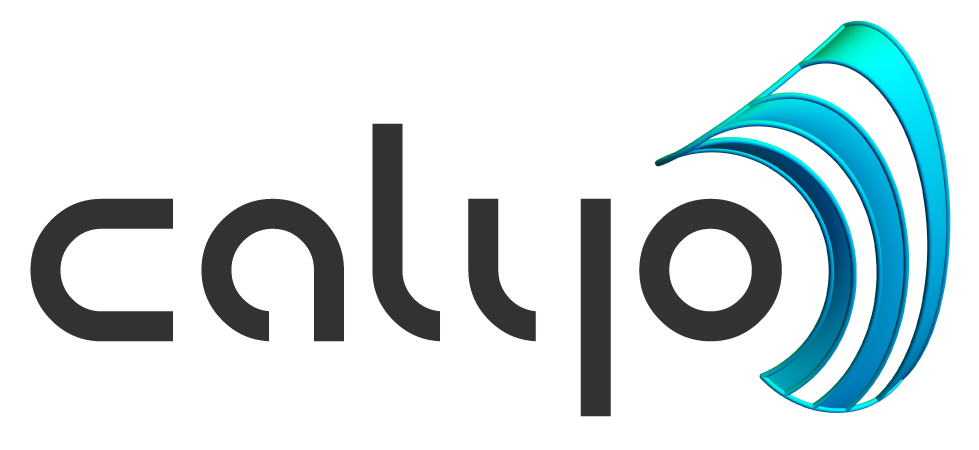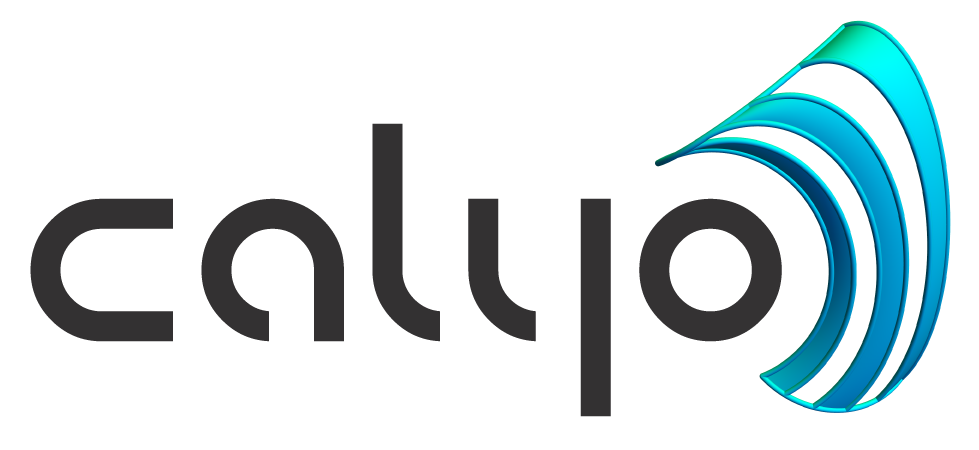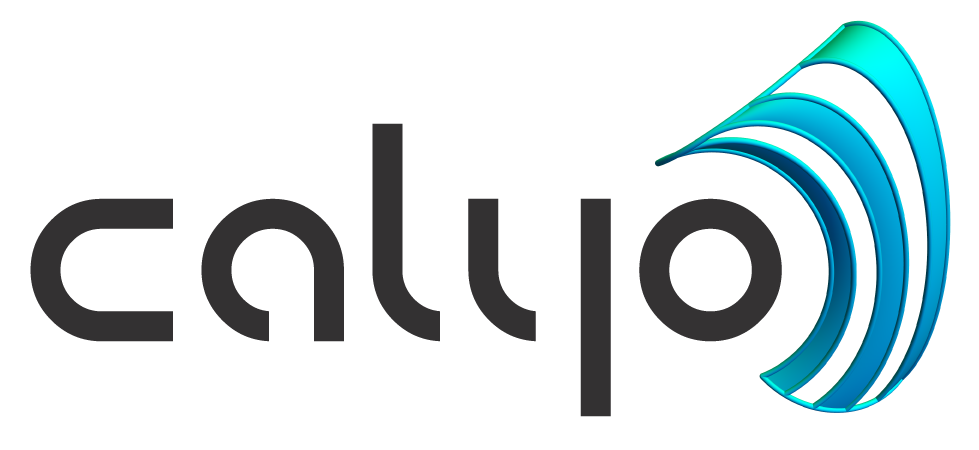Low-energy, high performance hardware and software stack based on 3-D ultrasound, delivering unparalleled flexibility for our customers and partners.
Our advanced 3-D ultrasound sensor technology revolutionises perception and localisation capabilities, enabling safe and efficient navigation in any environment.
Unique software-defined sensor systems
Excellent for near field sensing
Unaffected by light levels – works equally well in darkness
Unaffected by atmospheric conditions like dust, fog, rain and snow
Unaffected by object colour or transparency
Compact and reliable – no moving parts
Introducing Calyo Pulse
*than LiDAR
The PULSE Starter Kit (STK) features the Calyo PULSE ultra-low size, weight, and power 3-D ultrasound sensor, which replaces outdated 1-D air-coupled range finders and parking sensors. Calyo PULSE has been designed with a unique and fully comprehensive software development kit (SDK) to match a wide variety of use cases and needs.
Introducing Calyo SENSUS
- Embedded processing using performance C++
- High efficiency, cross platform access to GPUs > Vulkan / CUDA enabled
- Matlab / Python wrappers
- ROS2 enabled
- Direct software access to raw ultrasound signals
- Reduces time to first demo and time to market
Our lightweight and flexible software development kit provides a suite of real-time imaging options, enabling you to adapt Calyo technology to your specific application.
SENSUS SDK
Our modular SDK ensures seamless integration with robotics and autonomous platforms. By integrating with ROS2 you can collect, process, and visualise sensor data directly within your ROS environment. This setup supports real-time operation and offline analysis, delivering outputs from raw data to advanced 2-D and 3-D imaging—a robust foundation for developing and deploying PULSE sensors.



